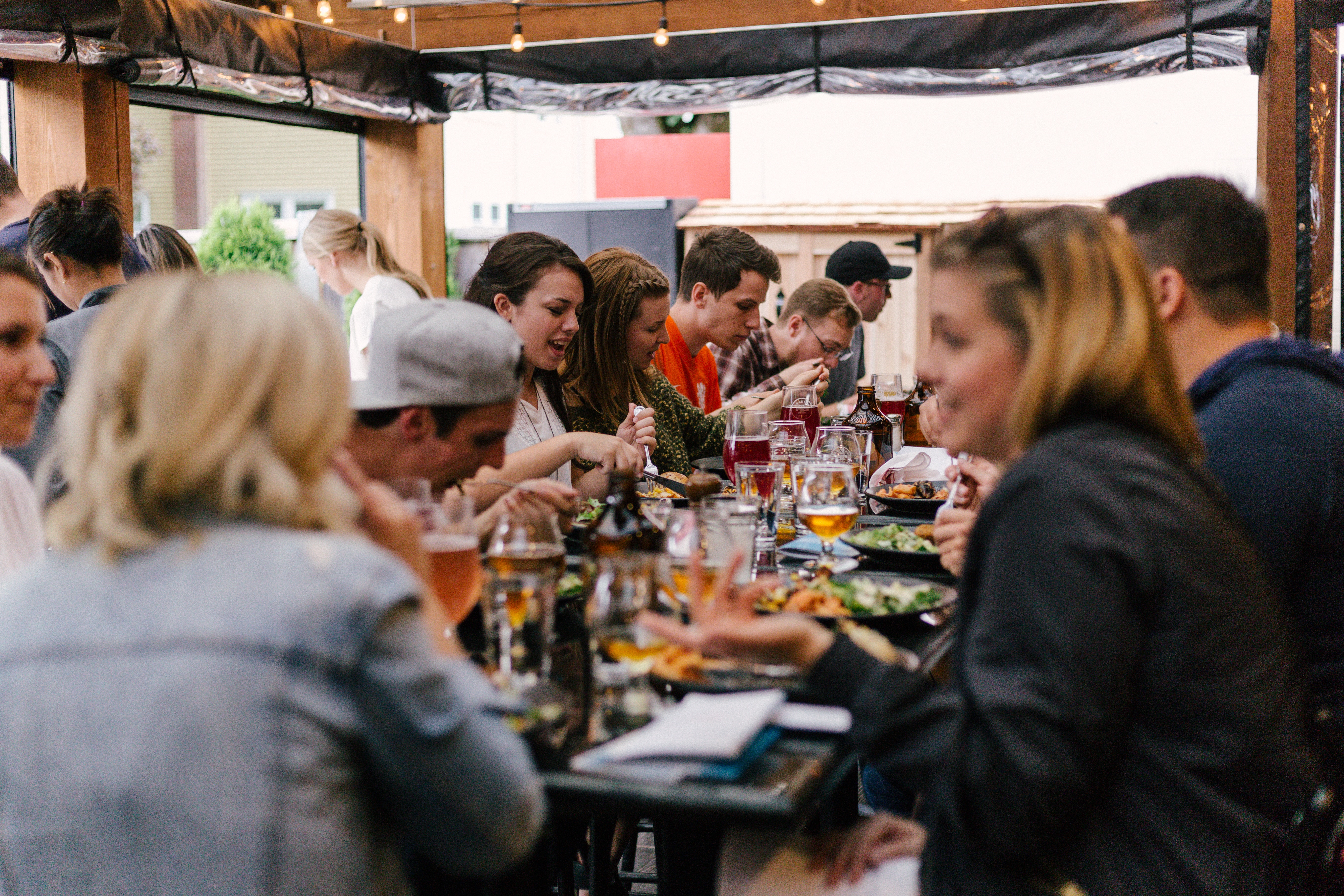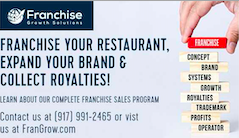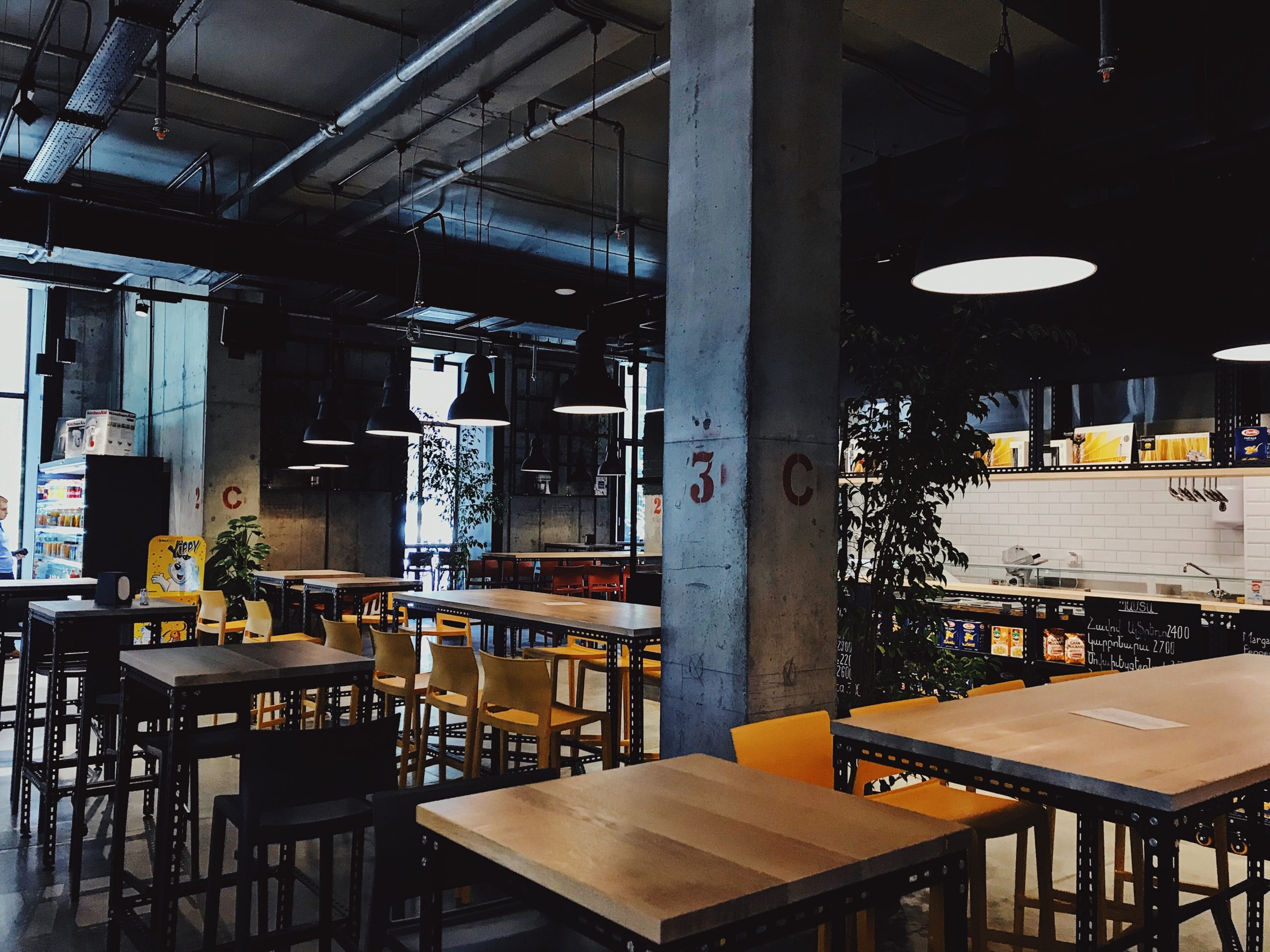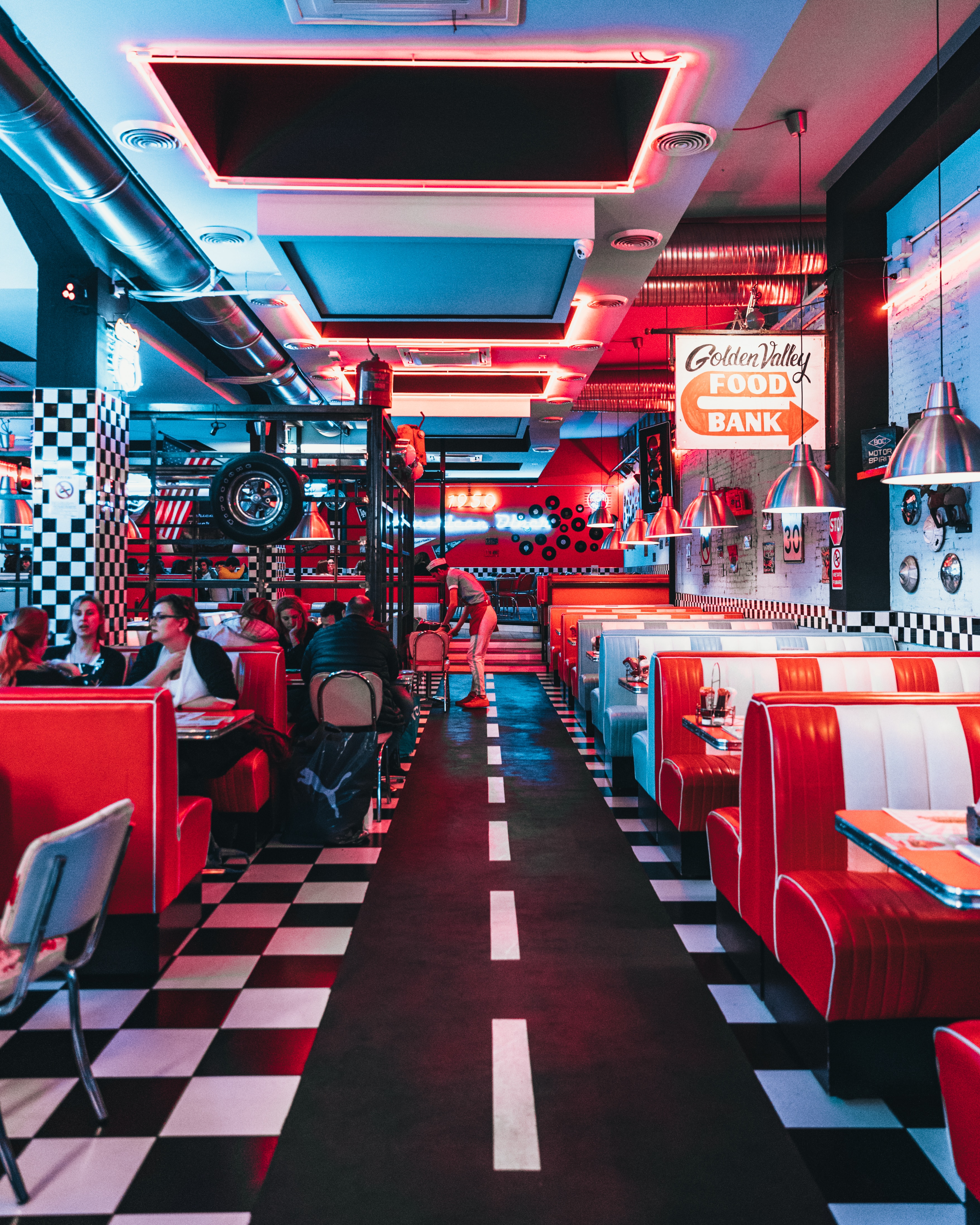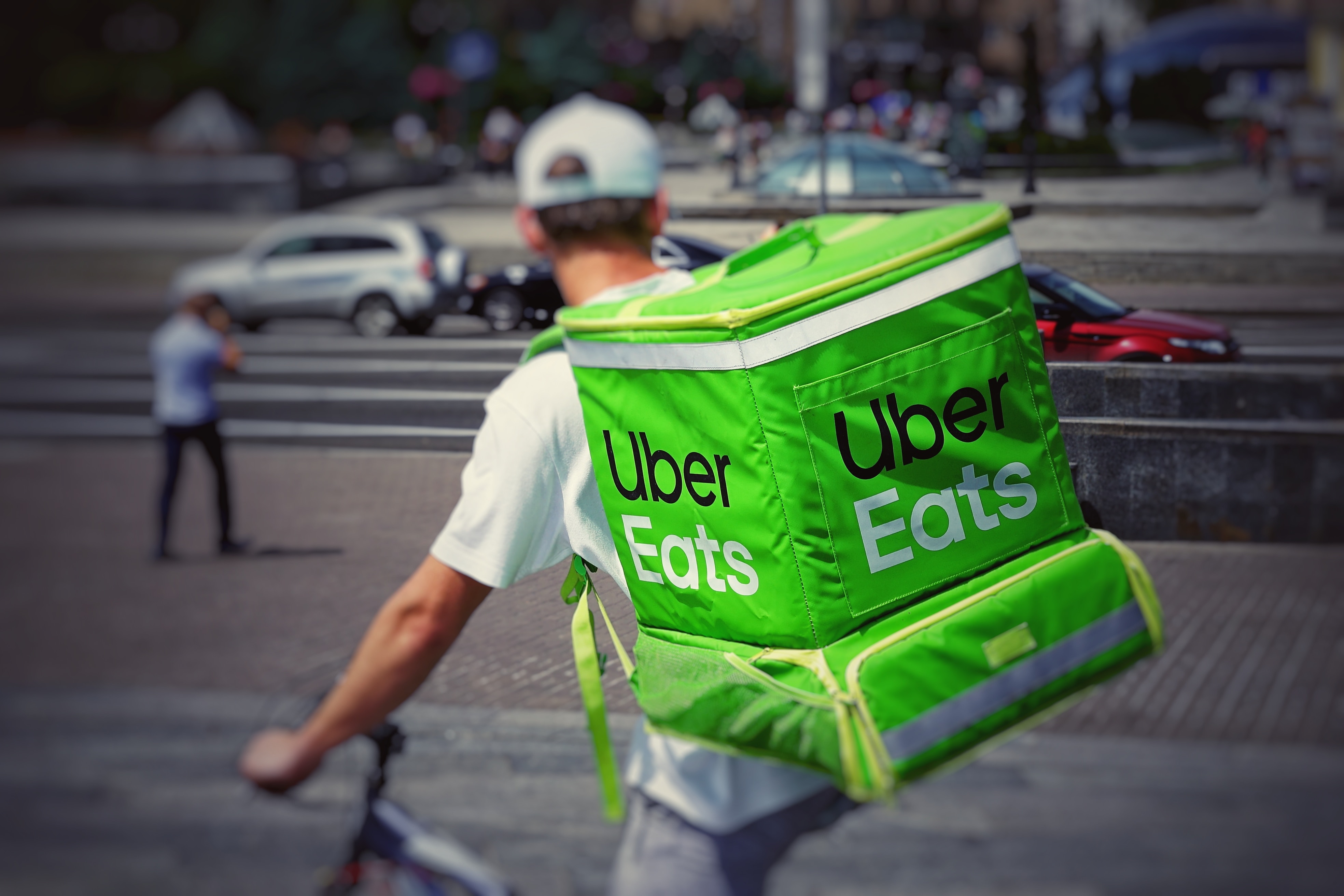The amount of work it takes to not only survive but also make an impact with a restaurant is massive. According to FSR Magazine, 60 percent of all restaurants fail in the first year. A restaurant that lasts for years takes humility. You must acknowledge daily how bad you are at restauranting, until one day you’re not bad anymore.
What You Need to Consider Before Opening Your Own Restaurant
The following is adapted from Unsliced.
By Mike Bausch
Opening a restaurant is a huge decision—one of the biggest decisions you’ll ever make. It’s hard work, full of risk and failure, and can be disappointing and frustrating. It can also be rewarding and fun, and if you do it correctly, can be profitable.
But you may have a 9-to-5 job right now that brings in steady income. How do you trade that for the uncertainty of the restaurant business? For most people, it’s not a trade they’re willing to make. To know whether you’re one of those people—or the type of person who should try their hand at restaurant ownership—here are few important considerations.
Two Types of People: Which One Are You?
First, look at the two statements below. Which one best fits you?
I am a person who tries hard, and the effort is what counts.
I am a person who likes setting my mind to things and accomplishing them.
At first glance, both seem like positive, motivational statements. But the second statement is actually better because the mindset is results-oriented. You’re focusing on a goal, and just trying hard and giving it an effort isn’t enough.
This means that when things get bad, you enjoy finding a way out of it. I’m pretty sure that being a glutton for punishment isn’t necessarily normal or healthy. However, it’s an essential trait of anyone looking to own their own business—especially a restaurant.
Owning a Restaurant for the Right Reasons
You may have decided to own your own restaurant hoping to become a celebrity chef. Or maybe you just don’t like your job and think owning a restaurant will be fun. If these are your reasons, then forget it. A restaurant is not the answer to your problems. It’s asking for a lot of new problems—problems you’ve never encountered or imagined.
The amount of work it takes to not only survive but also make an impact with a restaurant is massive. According to FSR Magazine, 60 percent of all restaurants fail in the first year. A restaurant that lasts for years takes humility. You must acknowledge daily how bad you are at restauranting, until one day you’re not bad anymore. That’s a lot for the average person to absorb.
Asking Yourself the Big Question
The restaurant life will affect your home life drastically. Restaurants sometimes destroy relationships and consume your mental health and quality of life. This life choice is a gamble—a gamble you might succeed in, in your hope to serve people food in an industry with a meager financial return rate and as I said, an extremely high failure rate.
If you haven’t committed to a restaurant yet, please pause and say this out loud:
“I need this; I need to own a restaurant. I don’t just want to own a restaurant. I absolutely need to do this. This is my calling. I got this, and nothing else will suffice.”
If that statement sounded stupid when you said it out loud, restaurant ownership isn’t for you. If you don’t believe what you said, you aren’t ready to do this. If you’ve never even operated or worked in a restaurant, then don’t assume for a second that you know anything. In fact, your best move is to concede you know nothing so you can be a blank canvas ready for paint.
Make the Best Decision for You
So what’s it going to be? Safety or risk? The same old routine or unpredictability? Don’t feel bad if you choose to opt for that cubicle job. It usually offers a lot less stress and heartbreak than opening your own restaurant. The world needs people in those office chairs.
But if you choose to be a restaurant owner, be ready for a roller coaster ride. Be ready for long days and nights, unexpected changes, and some lean times. But you knew that, or you wouldn’t have made that decision, would you?
For more advice on deciding to open a restaurant, you can find Unsliced on Amazon.
About the Author:
Mike Bausch is an industry leader whose restaurant, Andolini’s Pizzeria, is a top ten pizzeria in the US, as named by TripAdvisor, BuzzFeed, CNN, and USA Today. Andolini’s began in 2005 and has grown to five pizzerias, two gelaterias, two food hall concepts, a food truck, and a fine dining restaurant by 2019. Mike is a World Pizza Champion, a Guinness Book world record holder, and a writer for Pizza Today. Mike is part of a Marine Corps family who has lived across America from New York to California. Mike calls Tulsa home and lives with his wife, Michelle, and son, Henry.


